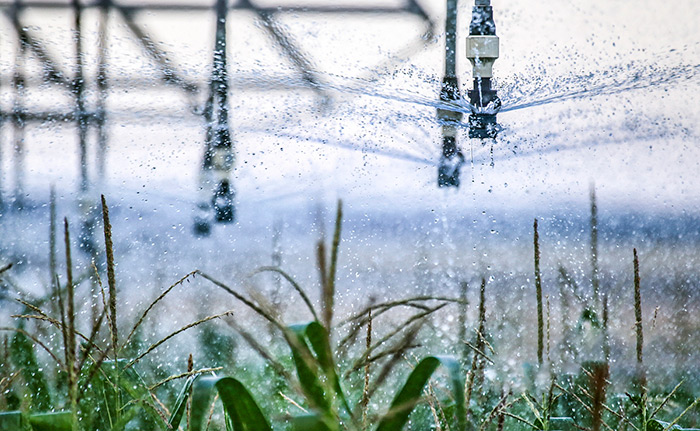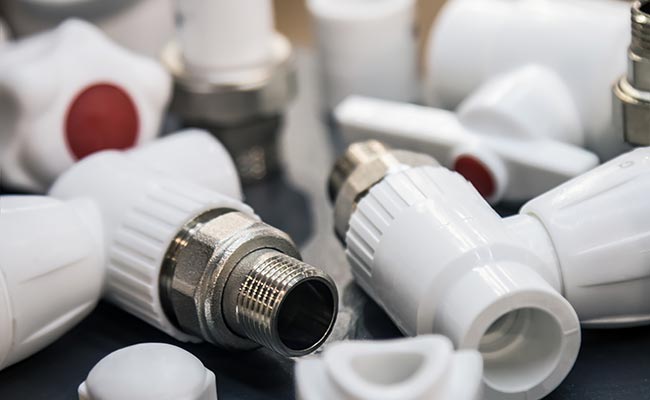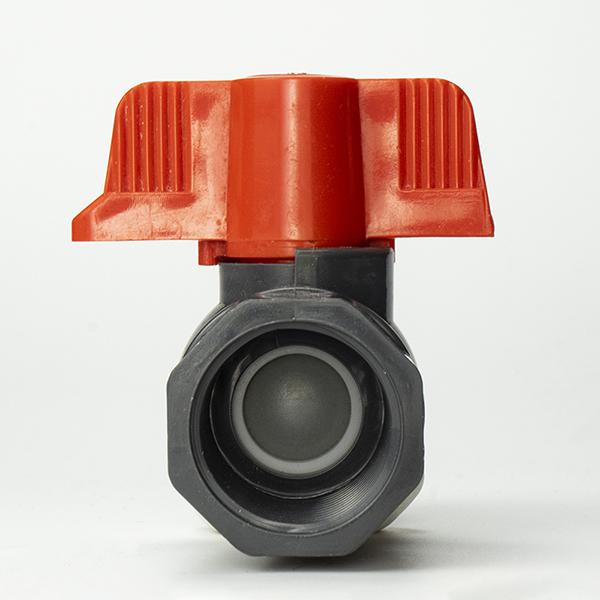
UPVC туп клапаннарыСаклауны туктатыр өчен төгәл мөһерләр һәм шома эчке өслекләр кулланыгыз. Алар басымны яхшы эшлиләр, коррозиягә каршы торалар, көчле материаллар ярдәмендә. Кешеләр аларны озак вакыт куллану өчен сайлыйлар, чөнки бу клапаннар каты һәм ышанычлы, хәтта катлаулы шартларда да. Аларның дизайны сыеклыкны саклый.
Төп алымнар
- UPVC шар клапаннары агып чыгудан һәм коррозиягә каршы тору өчен көчле материаллар һәм акыллы дизайн кулланалар, аларны озак вакыт куллану өчен ышанычлы итәләр.
- Дөрес урнаштыру һәм регуляр хезмәт күрсәтү, мөһерләрне тикшерү һәм чистарту кебек, UPVC шар клапаннарының яхшы эшләве һәм агып чыкмавы өчен бик мөһим.
- Бу клапаннар күп системаларга туры килә, югары басым белән эш итә, һәм йөзләгән, меңләгән куллану дәвам итә ала, чыдамлы һәм эффектив агып чыгудан саклый.
UPVC туп клапаннары агып чыгудан ничек саклыйлар
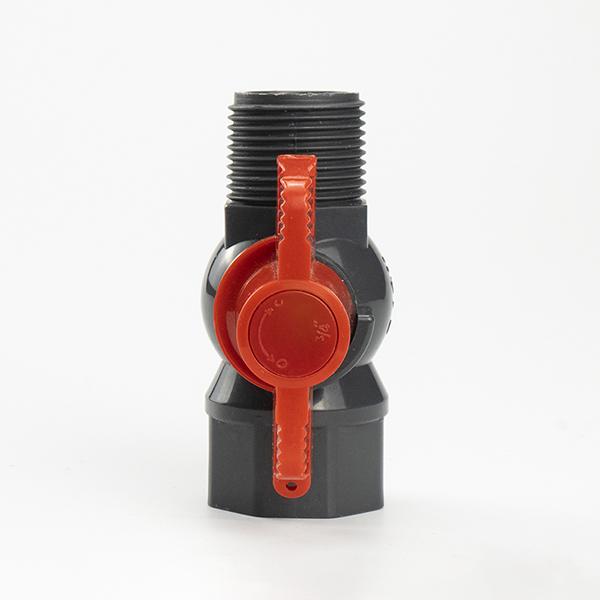
Клапан агып чыгуның гомуми сәбәпләре
Клапан агып чыгу күп сәбәпләр аркасында булырга мөмкин. Кешеләр монтаж вакытында яки клапанны кулланганда еш кына агып чыга. Менә кайбер уртак сәбәпләр:
- Каты эшкәртүдән яки начар транспорттан зыян.
- Мөһер өслеген зәгыйфьләндерүче коррозия.
- Куркынычсыз яки дөрес булмаган урнаштыру урыннары.
- Пычрак эчкә керергә мөмкинлек бирүче майлау.
- Мөһер мәйданында эретеп ябыштыручы шлаг.
- Клапанны ярым ачык урында урнаштыру, ул тупка зыян китерә ала.
- Ялгыш клапан сабы яки җыю.
Операция вакытында башка проблемалар күрсәтергә мөмкин:
- Даими хезмәт күрсәтүдән баш тарту.
- Төзелеш калдыклары мөһер өслеген сызалар.
- Клапанны бик озак кулланылмаска рөхсәт итү, бу тупны һәм урынны бикләргә яки бозарга мөмкин.
- Клапанда бераз ябышу, хәтта берничә градус булса да, агып китәргә мөмкин.
- Клапанны тыгыз ябу өчен дат, тузан яки пычрак.
- Актуаторны катырту яки болтлар йомшару.
- Ялган яки контроль проблемаларга китерә алган дөрес булмаган клапан зурлыгын куллану.
Киңәш: Регуляр тикшерүләр һәм дөрес клапан күләмен сайлау бу проблемаларның күбесен булдырмаска ярдәм итә.
UPVC туп клапаннары төзелеше һәм агып чыгу
UPVC туп клапаннарыАкыллы инженерны кулланыгыз, алар башланганчы. Авыр дивар пластик тән тузарга һәм җимерергә тора. Барлык пластик материаллар, UPVC кебек, дат яки ватылмыйлар, шуңа күрә коррозиядән агып чыгу бик сирәк. Клапан утыргычлары PTFE кебек махсус материаллар кулланалар, алар озак дәвам итә һәм нык мөһер саклый. Ике катлы О-боҗралы мөһерләр өстәмә яклау өсти, сабак тирәсендә агып чыгудан туктый.
Чын союз дизайны кешеләргә бөтен торбаны аермыйча клапанны чыгарырга мөмкинлек бирә. Бу ремонтны һәм тикшерүне күпкә җиңеләйтә һәм хезмәт күрсәтү вакытында агып чыгу куркынычын киметә. Мөһерне саклаучыдагы нечкә җепләр, клапан яше белән булса да, мөһерне нык тотарга ярдәм итә. Витон яки EPDMдан ясалган мөһерләр каты химик матдәләргә каршы торалар, шуңа күрә клапан авыр шартларда агып тора.
UPVC туп клапаннары шулай ук ASTM, DIN, JIS кебек күп торба стандартларына туры килә. Димәк, алар төрле системалар белән яхшы туры киләләр, көчле, агып тормый торган бәйләнешләр булдыралар. Клапаннар мөһерне югалтмыйча, 70 ° F температурада 200 PSI кадәр югары басым белән эш итәләр.
UPVC туп клапаннарының дизайн үзенчәлекләре
Берничә дизайн үзенчәлекләре UPVC туп клапаннарын агып чыгу өчен иң яхшы сайлау ясый:
- Клапан эчендәге туп бик яхшы түгәрәк һәм шома. Бу форма сыеклыкны җиңел агызырга мөмкинлек бирә һәм ябылганда клапанны мөһерләргә булыша.
- Мөһерләү элементлары көчле һәм югары басым астында булса да яхшы эшли.
- UPVC материалы клапанга зур химик каршылык һәм көч бирә, шуңа күрә ул тиз ярылмый һәм тузмый.
- Инженерлар сыеклыкның клапан аша хәрәкәт итү ысулларын һәм мөһерләрне ничек урнаштырдылар. Бу үзгәрешләр агып чыгу мөмкинлеген киметә һәм басымны тотрыклы итә.
- Клапан 500,000 тапкыр ачылып ябылырга мөмкин, бу аның озак дәвамлы эшләвен күрсәтә.
- Актуаторга әзер дизайн кешеләрнең мөһергә зыян китермичә автоматлаштыру өсти алуын аңлата.
Искәрмә: дөрес урнаштыру һәм хезмәт күрсәтү адымнары бу функцияләрне иң яхшы эшли.
UPVC туп клапаннары акыллы дизайн, көчле материаллар, сакчыл инженерия катнашмасын кулланалар. Дөрес кайгырту белән, алар күп шартларда ышанычлы, озак вакытлы агып чыгу профилактикасын тәкъдим итәләр.
UPVC шар клапаннарын урнаштыру һәм хезмәт күрсәтү
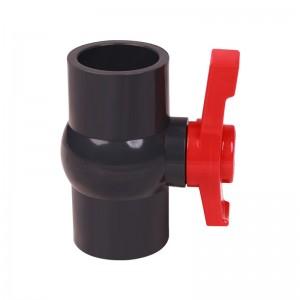
Дөрес урнаштыру практикалары
Урнаштыру хокукын алу системаның эшләвен тәэмин итә. Белгечләр берничә төп адымны тәкъдим итәләр:
- Эшне башлар алдыннан торбаны гел депрессияләгез һәм агызыгыз. Бу һәркемне саклый.
- Клапан зурлыгы һәм басым рейтингы системага туры килүен тикшерегез.
- Стресс һәм борылу өчен клапанны торбалар белән тигезләгез.
- Threadепле клапаннар өчен җепләрне чистартыгыз һәм PTFE тасмасын яки плиткасын кулланыгыз. Башта кул белән кысыгыз, аннары тәмамлау өчен корал кулланыгыз.
- Фланглы клапаннар өчен, савытларны тикшерегез һәм болтларны крискросс рәвешендә кысыгыз.
- Урнаштырганнан соң, системаны югарырак басымда сынап карагыз.
- Клапанның шома эшләвен тикшерү өчен ачык һәм ябык.
Киңәш: waysәрвакыт җитештерүче басымына һәм температура чикләренә иярегез. Болардан артып китү клапанның эшләмәвенә китерергә мөмкин.
Саклауны профилактикалау өчен хезмәт күрсәтү
Регуляр кайгырту UPVC туп клапаннарын еллар дәвамында яхшы эшли. Менә берничә файдалы киңәш:
- Клапаннарны еш ярыклар, тузган мөһерләр яки коррозия билгеләрен тикшерегез.
- Клапанны тәэмин итүне сүндереп, кирәк булса аерып, йомшак сабын белән юыгыз.
- Силиконга нигезләнгән майлау материалларын шома булсын өчен кулланыгыз.
- Куркынычсыз чикләрдә калу өчен системаның басымын һәм температурасын карагыз.
- Клапаннарны изоляция ярдәмендә туңудан саклагыз.
- Anyимерелгән өлешләрне шунда ук алыштырыгыз.
Искәрмә: персоналны дөрес эшкәртү һәм хезмәт күрсәтү буенча укыту хаталардан сакланырга һәм клапанның гомерен озайтырга ярдәм итә ала.
UPVC туп клапаннарындагы агып чыгу проблемаларын чишү
Агып чыккач, этап-этап алым проблеманы табарга һәм чишәргә ярдәм итә:
- Клапан тәне, сабак яки тоткыч тирәсендә дым эзләгез.
- Ботак яки тоткычның иркен яки хәрәкәтләнүен сизегез.
- Ботак янында агып чыкканын күрсәгез, төрү гайкасын кысыгыз. Бу эшләмәсә, тамыр мөһерләрен алыштырыгыз.
- Тоткычны яки тупны блоклый торган чүп-чарны бетерегез.
- Саклау клапан эчендә яки тышта икәнлеген ачыклагыз. Бу сезгә ремонт яки тулысынча алыштыру кирәклеген сайларга ярдәм итә.
Саклауларга тиз эш итү системаны саклый һәм зуррак проблемаларны булдырмый.
UPVC туп клапаннары кулланучыларга җан тынычлыгы бирә. Алар агуны туктаталар һәм еллар дәвам итә. Кешеләр бу клапаннарны дөрес итеп урнаштырганда һәм саклаганда азрак проблемалар күрәләр. Ышанычлы, озак вакытлы эзләүчеагып чыгудан саклаукүп төрле эш өчен бу чишелешкә ышана ала.
Сораулар
UPVC шар клапаны гадәттә күпме дәвам итә?
PNTEKныкы кебек UPVC шар клапаны еллар дәвам итә ала. Күпчелек кулланучылар 500 000 нән артык ачык һәм ябык циклны тиешенчә саклыйлар.
Берәрсе махсус коралсыз UPVC шар клапанын урнаштыра аламы?
Әйе, күпчелек кеше бу клапаннарны төп кул кораллары белән урнаштыра ала. Дизайн монтажны гади һәм тиз итә.
UPVC шар клапаны агып чыга башласа, кулланучылар нәрсә эшләргә тиеш?
Беренчедән, буш җиһазларны яки тузган мөһерләрне тикшерегез. Кирәк булса, тоташуны кысыгыз яки мөһерләрне алыштырыгыз. Саклау дәвам итсә, клапанны алыштырырга уйлагыз.
Пост вакыты: 29-2025 июнь


